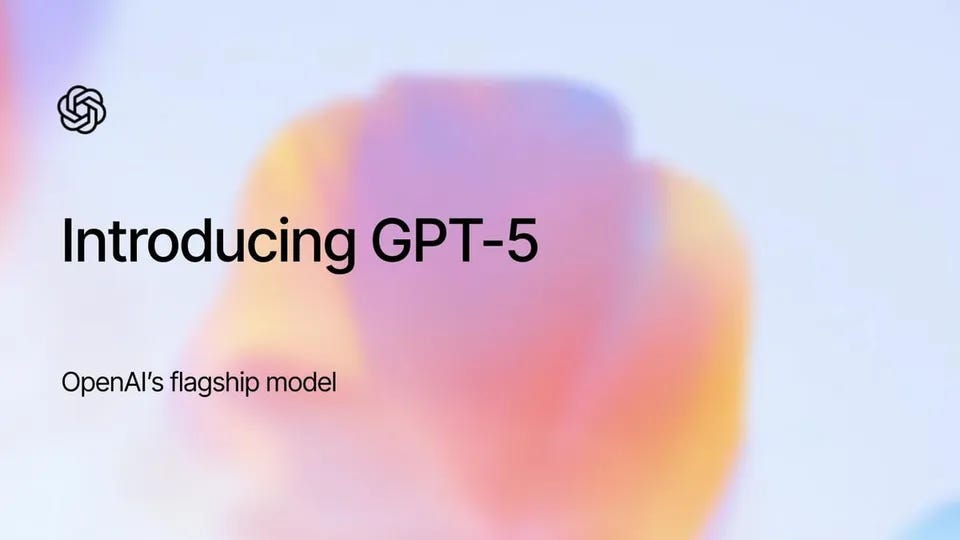GPT-5: Not Iconic, But Incremental
What happened?
Overnight, OpenAI unveiled its latest model iteration GPT-5, pitching sturdier reasoning, tighter tool use, and smoother multimodal performance. While some had expected a significant step towards AGI, the first wave of hands-ons and analyst takes framed it as an incremental upgrade rather than a breakthrough. Notably, Semianalysis’ Dylan Patel characterized the release as “somewhat underwhelming” versus the pre-launch hype and hoped-for cost/performance step-change.
Why does this matter?
AI Capex ROI Debate: Many enterprises modeled a fresh 2× leap in quality or price/performance. A more evolutionary release stretches deployment paybacks and could slow green-lighting of new AI projects.
Infrastructure Buildout Expectations: If token costs and latency don’t reset meaningfully, hyperscaler AI infra demand could wobble near-term as buyers optimize GPT-4-era stacks instead of expanding for GPT-5.
What's the counterpoint?
For most production workloads, reliability matters most. If GPT-5 truly reduces hallucinations, improves tool calling, and integrates well with enterprise controls—even without headline-grabbing benchmarks—that can unlock material business value (fewer guardrails, cheaper human review, faster time-to-market). Also, OpenAI tends to quiet-launch platform features (pricing tiers, context, modalities) that compound over weeks, so there may be more to come.
finformant view
Tech equities are priced for a radical acceleration of the AI theme. Thus, this more incremental evolution may create some near-term headwinds for them. However, the medium-term potential of AI applications in an enterprise context remains strongly in play.



